Kingston 128GB SSDNow V Series SNV425-S2 Gen 2 SSD Review
A Look Under The Hood & Test System
Looking underneath the exterior shell of the Kingston V Series reveals the expected SSD layout. The blue blob on top of the controller is a squishy pad that likely helps protect it from mechanical shock and may help to cool it as well. It certainly felt weird.
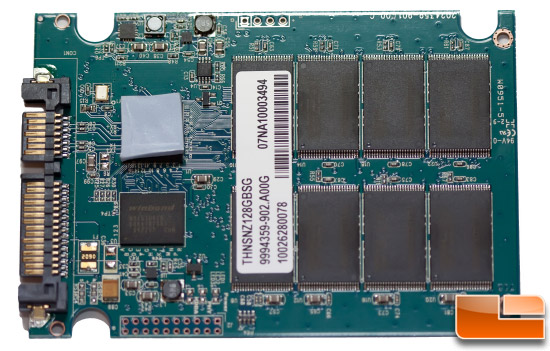
Aligned on both sides of the PCB are the 16 x 8GB Toshiba MLC NAND Flash chips manufactured with the 43nm process and page sizes of 8k.
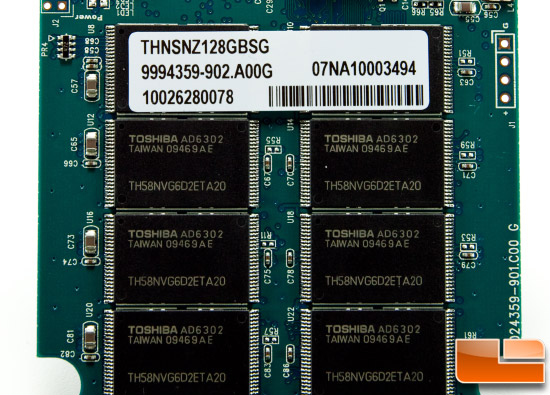
It’s tough to see and even tougher to photograph but stenciled on the controller chip are the letters T-O-S-H-I-B-A which apparently is a JMicron JMF618 controller but branded as Toshiba as they are the manufacturer. This controller does support TRIM for those running Windows 7.
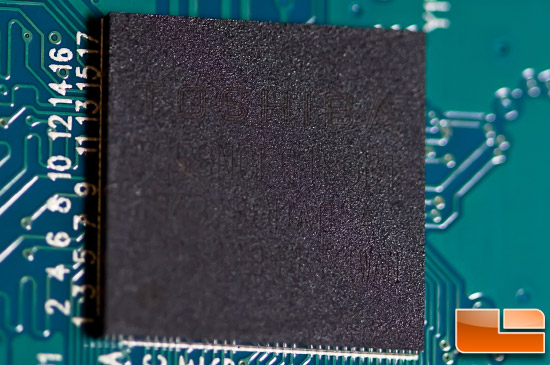
Next to the controller sits the cache which, according to Winbond’s site specifications for part W9751G6IB-3, is 64MB DDR2-667 (5-5-5) SDRAM. This should be adequate for the drive’s needs in terms of performance and mitigate any stuttering.
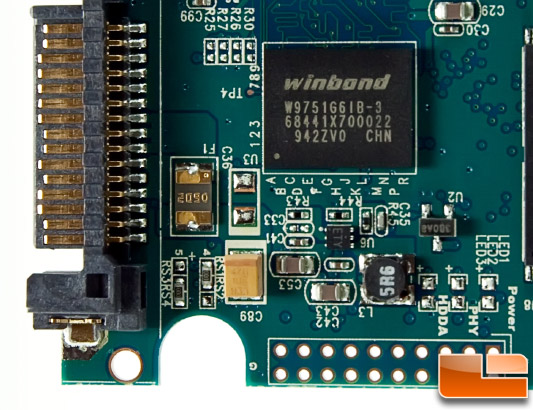
As we saw with the Kingston V Series 30GB boot drive, the bundled Acronis True Image HD software is easy to use but limited in that it only helps you migrate your OS to the new drive. As mentioned in that article, I would be cautious about cloning over from an HDD to an SSD because the drive alignment may not be optimal for an SSD and could cause degraded performance. This is especially true if running Windows XP. It really is best to install the OS fresh if possible and be sure to clear your CMOS whenever changing hardware. In any event, the software is easy to use and has a wizard type interface to walk you through the process. I had no trouble cloning the drive and it took very little time.
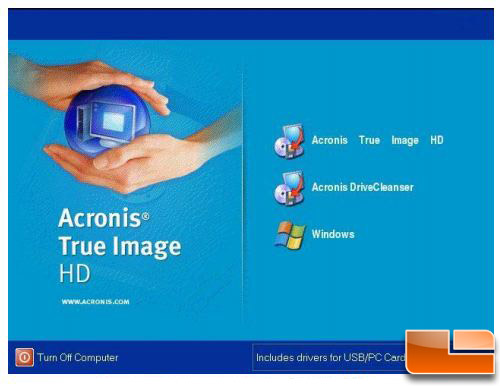
TEST SYSTEM
All tests were performed on a fresh install of Windows 7 x64 with no
other applications running using AHCI mode set through the BIOS. The
Asus P6T motherboard uses a ICH10R south bridge chipset which supports
TRIM. In between every test, the drive was wiped completely and left
for 20 minutes to ensure the TRIM function had time to do its job. All
components were set to their default speeds. The components used are listed below:

As you can see from the readout on CrystalDiskInfo, S.M.A.R.T. is enabled, as is TRIM. This is a great tool to see what version of firmware the drive is running as well in the event there are updates available.
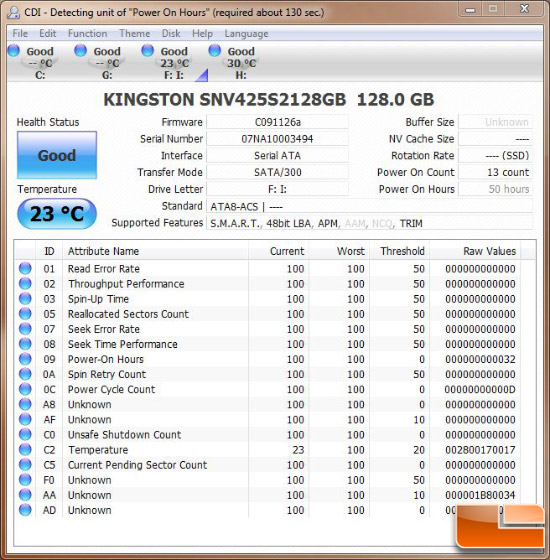
On to the benchmarks…

Comments are closed.